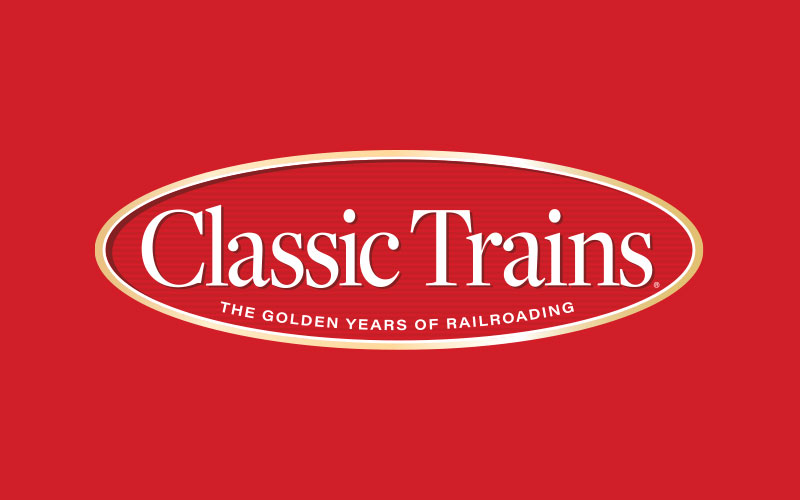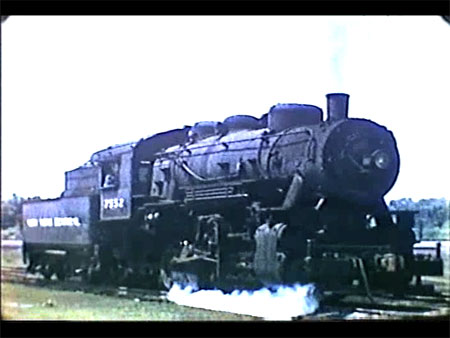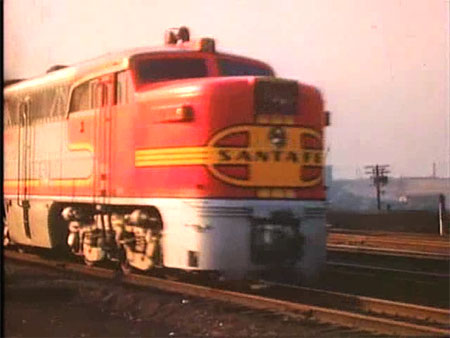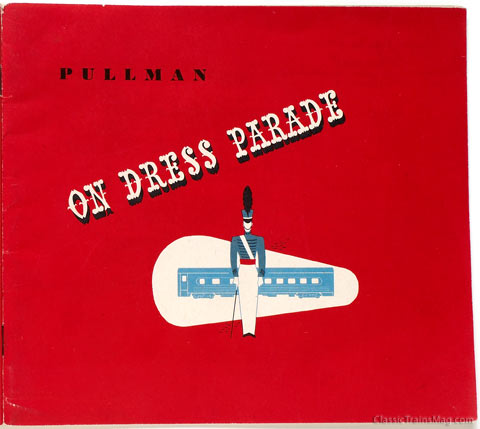[…]
A look back in time: November 1958

Rock Island buys GM’s two Aerotrains for suburban service out of Chicago, where they join RI’s own Jet Rocket Talgo train, powered by an Aerotrain-style locomotive. . . . Illinois Central buys eight sleeping cars (four 10-5’s, four 4-4-2’s) from New York Central for City of Miami service. . . . Pullman-Standard’s first 85-foot flatcar […]
TRAIN CONSISTS: Champion and Auto-Train
In his article “One Day at . . . Sanford, Fla.” in the Winter 2008 issue of Classic Trains, author George Hamlin presents his photos of the northbound Auto-Train and Amtrak’s northbound Champion. Here are the consists for those trains. Amtrak No. 88, the Champion, at Sanford, Fla., on November 15, 1975: SDP40F 641; baggage […]
Video Extra: New York Central steam around Buffalo

In his article “Boyhood Fascination with New York Central Steam” in the Winter 2008 issue of Classic Trains, author Fred Furminger recalls the mid-1950s when he, as a bike-riding teenager in Buffalo, photographed the final years of steam on NYC’s Michigan Central. Here’s a sampling of the 8mm movies he took then, including his homemade […]
Video Extra: Santa Fe PA’s in action

In his article “The First PA’s” in the Winter 2008 issue of Classic Trains, author Peter A. Hansen examines Alco’s first postwar passenger diesels, Santa Fe Nos. 51L, 51A, and 51B. Here are scenes of Santa Fe PA’s in action from Herron Rail Video’s DVD program “Glory Machines, Vol. 5.” […]
Classic Trains, Fall 2008
[…]
A look back in time: October 1958

As of October 1, 1958, Class I railroads own or lease 27,622 diesel locomotives, 1,532 steam locomotives, and 559 electrics. . . . Atlantic Coast Line and Seaboard Air Line are mulling a merger. . . . New York Central unveils a system for transporting ballistic missiles in conventional 70-foot baggage cars. . . . […]
A look back in time: September 1958

New Jersey challenges the constitutionality of the Transportation Act of 1958, under whose provisions the Erie and New York Central seek to discontinue their Hudson River ferry service. . . . Reading Company completes a $500,000 upgrade at its Port Richmond Marine Terminal on the Delaware River in Philadelphia; new ore-unloading machinery nearly doubles the […]
A look back in time: August 1958

SP announces it is standardizing on silver livery for all passenger equipment; although Armour yellow will be retained for cars assigned to Overland Route trains, SP’s tow-tone gray and bright Daylight colors will fade away. . . . On August 12, the Transportation Act of 1958 is signed into law. Among its provisions are greater […]
Classic Trains, Summer 2008
[…]
A look back in time: July 1958

July 1958 in railroad history One of steam’s greatest chapters comes to a close July 2 when class S-2 No. 746 makes the last revenue freight trip of a Nickel Plate Road Berkshire, Bellevue-Conneaut, Ohio. . . . Fan trips: Burlington Route assigns O-5A 4-8-4 No. 5618 to a July 4th weekend Railroad Club of […]
Pullman on Dress Parade

The Summer 2008 issue of Classic Trains magazine pays tribute to the Pullman Company. Published in 1948 at the height of postwar passenger optimism, the 40-page booklet “Pullman on Dress Parade” showcased the company’s various accommodations and services. Pullman “On Dress Parade” DOWNLOAD […]
